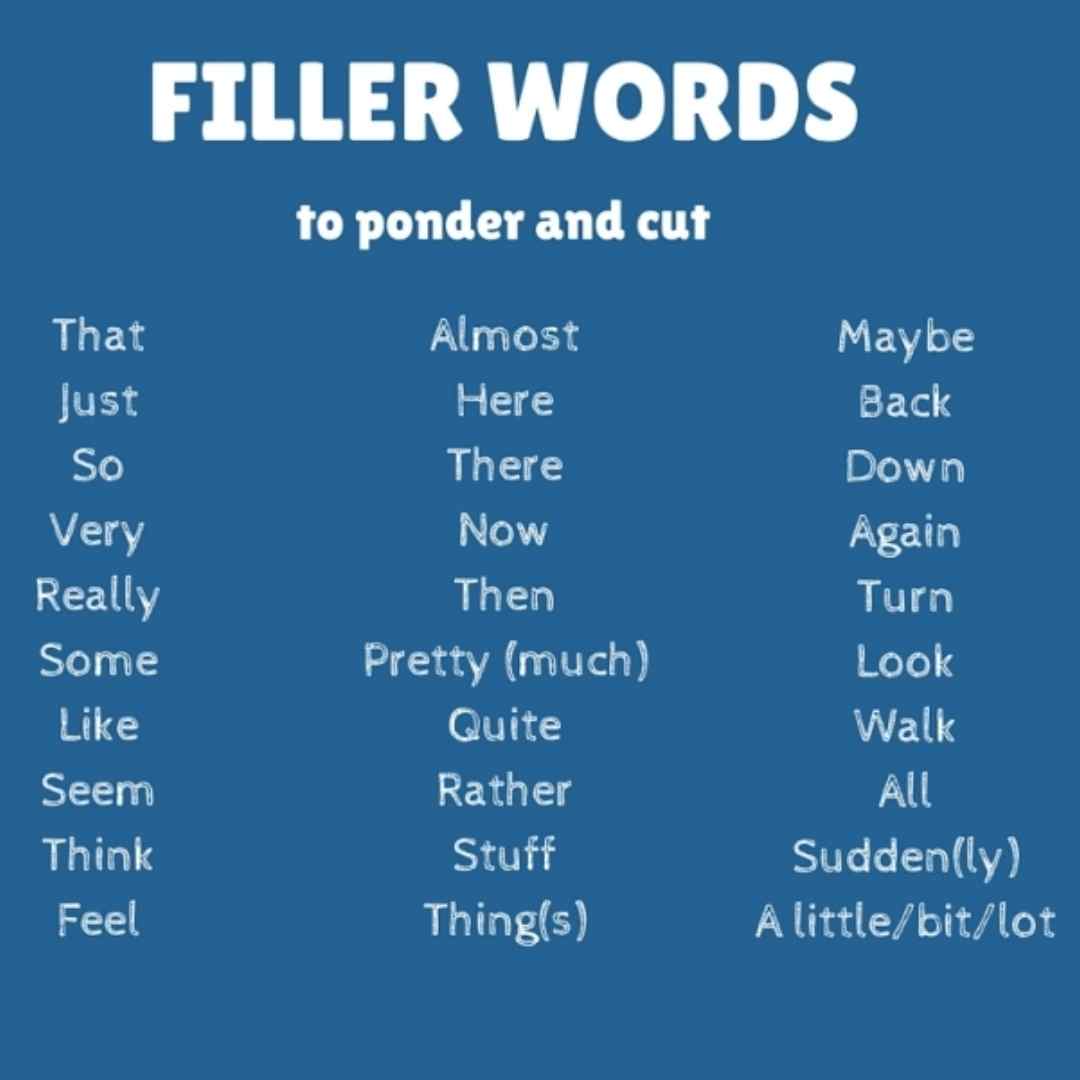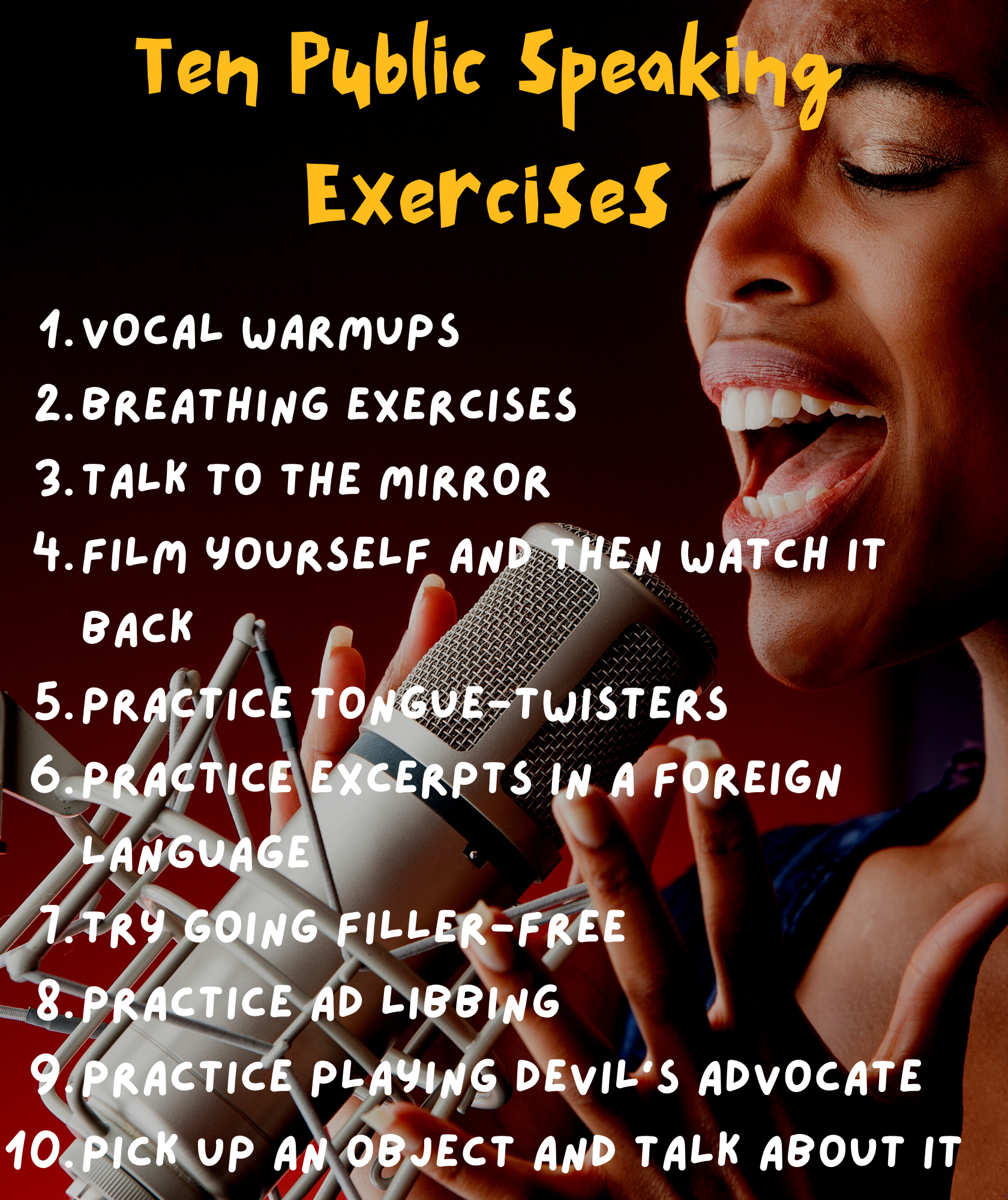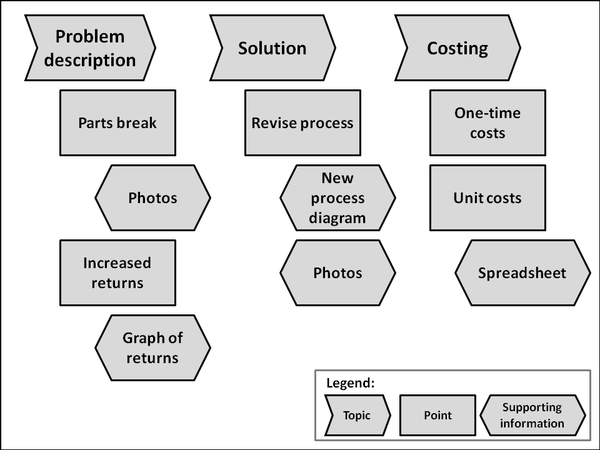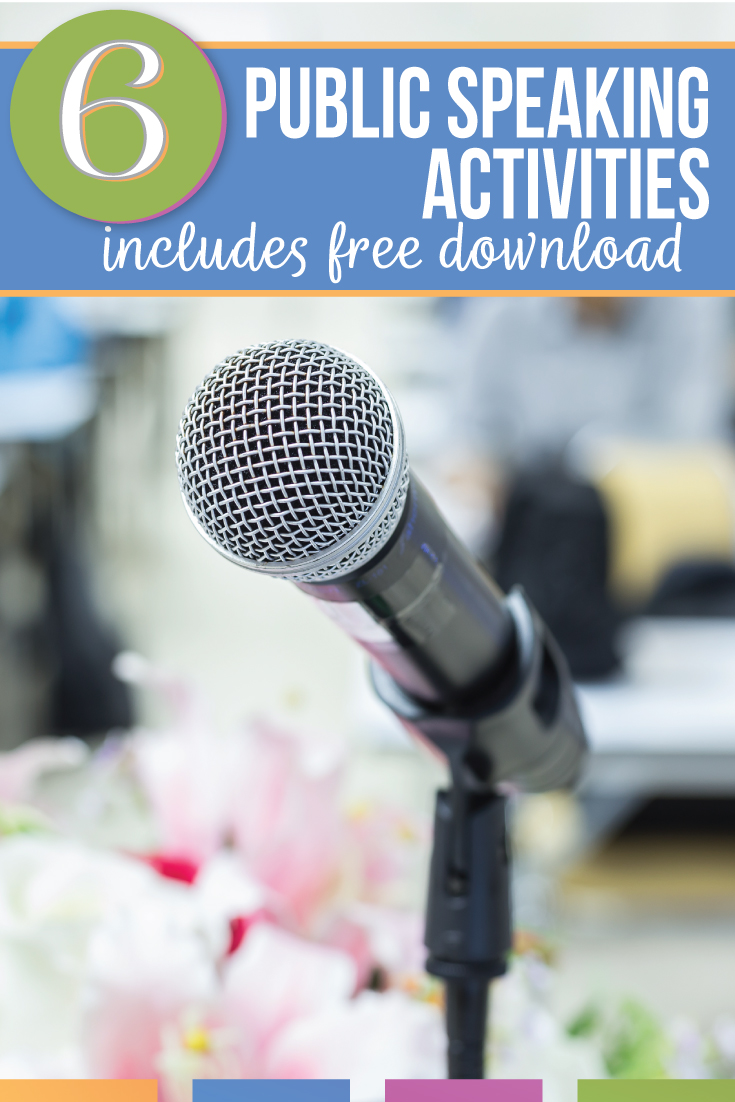Public Speaking Exercises for Groups
Public speaking exercises for groups are effective methods of improving communication and confidence among participants. Introducing public speaking exercises for groups can be an effective way to enhance communication skills and boost confidence levels.
These exercises provide a platform for participants to practice and develop their public speaking abilities in a supportive, collaborative environment. By facilitating group discussions, role-playing, impromptu speeches, and other engaging activities, individuals can gain valuable experience and overcome their fear of speaking in front of an audience.
Public speaking exercises for groups offer opportunities for feedback, learning from peers, and refining presentation techniques. Whether for professional development, academic settings, or personal growth, these exercises provide a structured and interactive way to enhance public speaking skills while fostering camaraderie among participants.

Credit: www.cityoneinitiative.com
Icebreaker Activities
Icebreaker activities are essential for enhancing public speaking skills in group settings. These exercises promote team engagement and create a comfortable environment for individuals to express their thoughts and ideas confidently. Participants can develop their communication abilities as they share their experiences and engage in group discussions.
Icebreaker activities are a fun and effective way to kick off a public speaking session for groups. These activities help to create a relaxed and engaging atmosphere, allowing participants to get to know each other and build rapport. Listed below are three popular icebreaker activities that can be used to break the ice before diving into public speaking exercises.
Introduction Games
Introduction games are a fantastic way to get group members acquainted with one another. One such game is the ‘Human Bingo’. Create a bingo grid with various characteristics or experiences in each box, such as “Has traveled to three or more countries” or “Loves outdoor adventures.” Participants then mingle with each other, trying to find individuals who match the characteristics and ask them to sign that corresponding box. The first person to complete a row, column, or diagonal shouts “Bingo!” and shares interesting information about the people they found.
Name Memorization
Memorizing everyone’s names in a group can be a daunting task, but it’s essential for effective communication. To make this activity engaging, try playing the “Name Chain” game. Stand in a circle and have each participant say their name followed by an adjective that starts with the same letter as their name (e.g., “Shannon the silly”). The next person must then repeat the previous names and add theirs. Keep going until everyone’s name is included, creating a collective memory of everyone’s names. This activity not only promotes name recognition but also encourages active listening.
Two Truths And A Lie
“Two Truths and a Lie” is a classic icebreaker game that encourages participants to share interesting facts about themselves while also testing others’ perception and judgment. Each person takes turns sharing two true statements and one false statement about themselves in random order. The rest of the group listens and tries to guess which fact is untrue. This activity not only helps participants learn more about each other but also encourages active listening and critical thinking.

Credit: ethos3.com
Group Warm-up Exercises
Group warm-up exercises are essential for improving public speaking skills. These exercises foster a supportive and collaborative environment, encouraging participants to gain confidence and develop effective communication techniques.
Tongue Twisters
Tongue twisters are a fun and effective way to warm up the mouth muscles before speaking. By practicing tongue twisters, individuals and groups can improve their diction, clarity, and articulation. Here are a few tongue twisters to get your group warmed up: – She sells seashells by the seashore. – How much wood would a woodchuck chuck, if a woodchuck could chuck wood? – Peter Piper picked a peck of pickled peppers. – Fuzzy Wuzzy was a bear. Fuzzy Wuzzy had no hair.Breathing Techniques
Proper breathing is essential for public speaking as it helps control nervousness and project your voice more effectively. Engage your group in these simple breathing exercises to improve their breath support: 1. Three-part breathing: Inhale deeply through your nose, feeling your abdomen, ribcage, and chest expand. Exhale slowly through your mouth, feeling your chest, ribcage, and abdomen deflate. Repeat this for a few minutes to relax and center yourself. 2. Counted breathing: Inhale deeply for a count of four, hold the breath for a count of four, and exhale for a count of four. Repeat this pattern several times to regulate your breathing and calm any nerves.Vocal Warm-ups
Vocal warm-ups are crucial to prepare the vocal cords for speaking. These exercises help increase voice resonance, flexibility, and confidence. Here are a few warm-ups your group can try: – Lip trills: Gently blow air through your partially closed lips, producing a buzzing sound. Move your lips up and down, side to side, and in circles to engage the facial muscles and warm up the voice. – Humming: Humming is an excellent way to warm up your vocal cords and improve resonance. Start by humming low notes and gradually move to higher pitches. Focus on feeling the vibrations in your face, throat, and chest. – Sirens: Begin with a low note and slide your voice smoothly up to a high note and back down again. Repeat this exercise several times, gradually expanding your range and strengthening your vocal muscles. By incorporating these group warm-up exercises, your team will be better prepared to deliver their message with confidence and clarity. Remember to start each speaking session with these exercises to help everyone feel more comfortable and ready to engage their audience.Improvisation Exercises
Improvisation exercises are a great way for groups to enhance their public speaking skills. These exercises help participants enhance their creativity, spontaneity, and ability to think on their feet. By engaging in activities that require quick thinking and adaptability, individuals can build their confidence and improve their ability to deliver impromptu speeches. Two popular improvisation exercises for public speaking groups include word association and storytelling circle. Another exercise known as “Yes, And…” is also highly effective in fostering communication and collaboration within the group.
Word Association
In the word association exercise, a facilitator or group leader gives a participant a random word, and the participant must quickly respond with the first word that comes to mind. The next participant then associates their word with the previous word, and so on. This exercise helps participants tap into their creative thinking and enhances their ability to make connections on the spot. It also encourages participants to think swiftly and express their ideas succinctly.
Storytelling Circle
The storytelling circle exercise involves forming a circle with participants, where one person begins telling a short story. After a few sentences, the next participant continues the story, adding their own unique twist to the plot. This exercise encourages participants to listen attentively, think quickly, and adapt their ideas to fit seamlessly into the evolving narrative. It allows participants to practice their storytelling skills, including aspects such as character development, plot progression, and engaging the audience’s attention.
Yes, And…
The “Yes, And…” exercise is an improvisational technique that promotes collaboration and creativity within a group. Participants engage in a conversation where they build on each other’s ideas by responding positively with a “yes” and adding new information with an “and.” This exercise encourages active listening, open-mindedness, and quick thinking. By practicing “Yes, And…,” participants develop the ability to embrace and build upon ideas presented to them, which is a valuable skill for impromptu public speaking and effective communication in any setting.
Group Presentation Activities
Public speaking is a valuable skill that is often best developed through practice in a group setting. Group presentation activities allow participants to enhance their communication, critical thinking, and teamwork skills. Incorporating various techniques like debates, panel discussions, and mock press conferences, these activities provide opportunities to engage with diverse perspectives and build confidence in public speaking.
Debate Club
Debates are a classic and effective way to improve public speaking skills in a group. Divided into teams, participants prepare arguments on opposing sides of a given topic and engage in a structured discourse. The competitive nature of debates encourages critical thinking, research, and the ability to articulate ideas persuasively. These exercises foster confidence, as individuals acquire the necessary skills to articulate their viewpoints under pressure.
Panel Discussion
Panel discussions offer a collaborative platform for a group to delve into a specific topic or issue. The participants, acting as panelists, share their expertise and engage in an open conversation about the subject matter. This activity encourages active listening, the ability to constructively build on others’ ideas, and effective communication skills. Panel discussions enable participants to feel comfortable in a group setting and learn from one another’s perspectives.
Mock Press Conference
A mock press conference helps individuals develop strong communication skills while simulating real-life scenarios. In this activity, participants assume different roles, including the spokesperson, journalists, and audience members. The spokesperson delivers a presentation or responds to questions, while the journalists pose challenging inquiries. This exercise enhances public speaking abilities, fosters quick thinking, and enhances the ability to handle unexpected situations with poise.
Overall, group presentation activities like debates, panel discussions, and mock press conferences provide a stimulating environment to cultivate public speaking skills. These exercises encourage collaboration, critical thinking, and effective communication, making them valuable tools for enhancing confidence and mastering the art of public speaking.
Feedback And Evaluation
Feedback and evaluation are crucial aspects of public speaking exercises for groups. By providing feedback and assessing the performance, participants can identify areas for improvement and enhance their public speaking skills. This section will explore two key methods of feedback and evaluation: peer feedback sessions and individual self-assessment.
Peer Feedback Sessions
In peer feedback sessions, participants have the opportunity to learn from one another by providing constructive criticism and highlighting strengths. This collaborative approach fosters a supportive environment where speakers can receive valuable insights to refine their delivery. Here’s how to conduct an effective peer feedback session:
- Create a structured feedback form highlighting aspects such as content, body language, vocal delivery, and overall impact.
- Pair up participants and assign them as feedback partners.
- Encourage feedback givers to focus on strengths first, followed by specific areas for improvement.
- Set a time limit for each speaker and feedback giver to ensure equal participation.
- After the session, give time for speakers to reflect on the feedback received and make necessary adjustments to their presentation.
Individual Self-assessment
Individual self-assessment allows participants to critically analyze their own performance, fostering personal growth and self-awareness. By evaluating their strengths and weaknesses, speakers can take proactive steps to enhance their public speaking skills. Here’s how to carry out effective individual self-assessment:
- Encourage participants to record their presentations and watch them critically.
- Ask them to identify areas where they excelled and areas that require improvement.
- Suggest they pay attention to elements like posture, gestures, voice modulation, and clarity of message.
- Provide a self-assessment checklist covering important aspects of public speaking.
- Encourage participants to set goals based on their self-assessment and develop action plans to address areas for improvement.
By incorporating peer feedback sessions and individual self-assessment into public speaking exercises for groups, participants can continuously refine their skills and become more confident and effective speakers.

Credit: enthu.com
Frequently Asked Questions Of Public Speaking Exercises For Groups
How Can I Improve My Public Speaking Skills In A Group Setting?
To improve your public speaking skills in a group setting, practice regularly, focus on body language, and seek constructive feedback from peers.
What Are Some Effective Group Exercises For Public Speaking?
Some effective group exercises for public speaking include impromptu speeches, role-playing scenarios, and group discussions with assigned speaking roles.
How Do Group Exercises Benefit Public Speaking?
Group exercises benefit public speaking by providing opportunities for practice, fostering collaboration, and building confidence in speaking in front of others.
Conclusion
To sum up, incorporating public speaking exercises into group settings can be highly beneficial. These activities help participants improve their communication skills, build confidence, and develop their ability to connect with an audience. By practicing different techniques and receiving constructive feedback, individuals can enhance their public speaking abilities and become more effective speakers.
So, whether it’s a formal presentation or a casual discussion, engaging in these exercises can empower individuals to express themselves more confidently in any situation.




